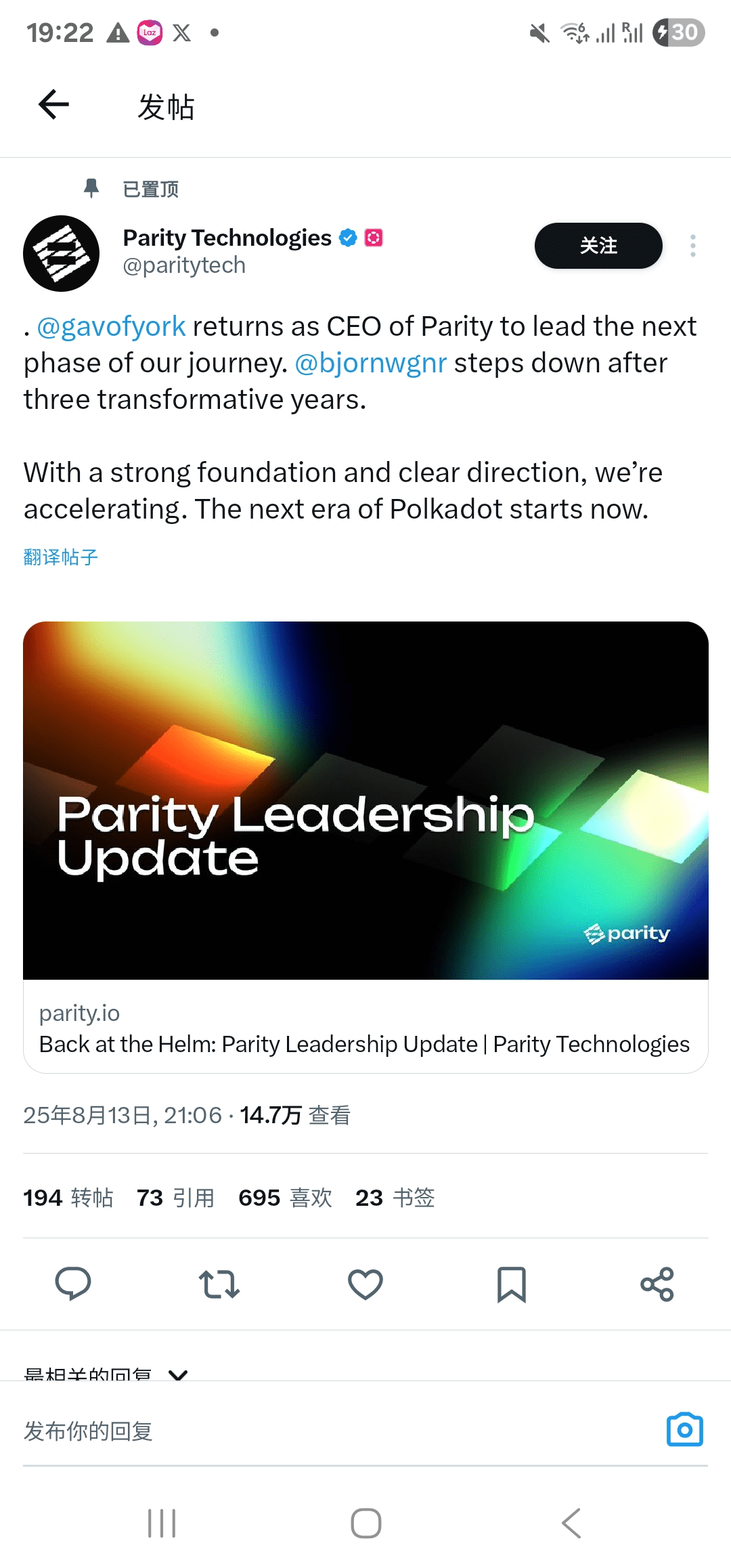Continuing from the previous text, in the past two weeks, Sister Cathy has conducted research on Polkadot's ecological construction in the Asia-Pacific region, and after asking around, she found only two projects with some influence:
MNet in New Zealand and Astar Network in Japan.
Among them, MNet has migrated to Solana this year, and Astar Network is self-built on Polkadot. However, the Astar team's game chain Soneium for Sony is built on OP Stack.
✅ Polkadot's presence in the Asia-Pacific region is still somewhat low.
The research mentioned above may not be comprehensive. I asked on Twitter about PolkaWorld, which said that Polkadot's gaming ecosystem mainly consists of the Swedish Mythical Games' game public chain Mythos Chain, and there hasn't been any promotion of Mythical's games in the Chinese community. I'll research Mythos Chain in a few days.
All public chains, Layer 1 and Layer 2, and even some Layer 3, have seen significant development in the Asia-Pacific region over the past two years. Solana, Arbitrum, and Polygon all have their own BD teams in Asia-Pacific, frequently hosting offline events. Sister Cathy hosted a visit from the Base chain BD team in Seoul in 2023; she is a Korean girl living in the US, and at that time, the Base chain had just launched its mainnet.
Vitalik even moved to Southeast Asia for an extended stay.
✅ The extremely high user penetration rate and fdv of Web3 in the Asia-Pacific region, especially Southeast Asia and the Chinese community, mean that any public chain must not ignore this area for development.
So, what has Polkadot done in the last two years?
As mentioned earlier, Polkadot's business product line includes "parachains + slot auctions". The last slot auction for both the Polkadot mainnet and Kusama was already 10 months ago.

By searching for Polkadot's official Twitter, we can list some major events from 2024 to 2025, covering foundational technology architecture, developer tools, user applications, and ecological services.
🔴 Core Infrastructure: Direction of Polkadot 2.0
1. Asynchronous Backing
Deployed on the Polkadot 2.0 infrastructure, enhancing parallel processing and network throughput.
2. JAM Protocol (Join-Accumulate Machine)
The next-generation consensus framework proposed by Gavin Wood leads the evolution of network architecture, constituting the core of Polkadot 2.0.
3. Agile Coretime
Replacing traditional slot auctions, providing a mechanism for flexible on-demand resource purchasing, has been integrated into Polkadot 2.0 to enhance network resource utilization efficiency.
✅ Polkadot 2.0 launch (overall infrastructure upgrade) includes the core modules mentioned above and is planned for full delivery starting from late August to September 2025.

✅ Change: The previously used slot auction has been paused for 10 months and is now gradually evolving into Polkadot 2.0's elastic scaling, allowing for more flexible resource usage rather than long-term locking of DOT.
🔴 Service Aggregation Platform
Mainly Polkadot Hub / Polkadot Cloud platform
1. Polkadot Hub: Integrating core features such as staking, governance, smart contracts, and cross-chain bridging; deployed on the testnet (Paseo), with plans to launch the mainnet between mid-September and October 2025.
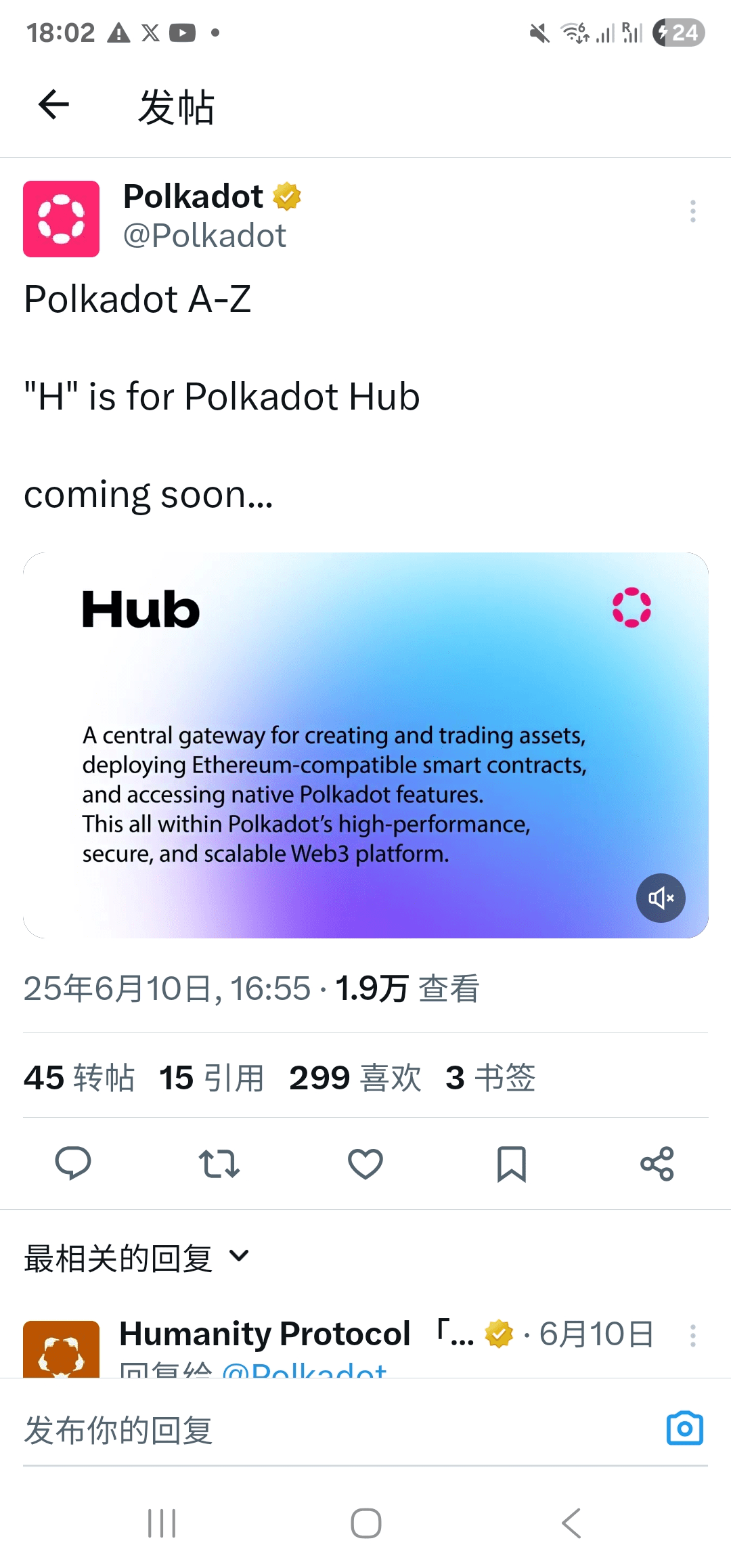
2. Polkadot Cloud: A cloud service platform similar to the Web3 ecosystem, providing identity systems, gaming and content, real-world assets (RWA), DeFi, data storage, and other services as the foundation for future service ecosystems.
✅ Polkadot Cloud will start internal testing on July 22, 2025, utilizing AWS cloud resources, while Avalanche's cloud service uses Ali Cloud.
✅ The competition among public chains is fierce, making it hard to earn money. Selling cloud services has become an interesting narrative this year.
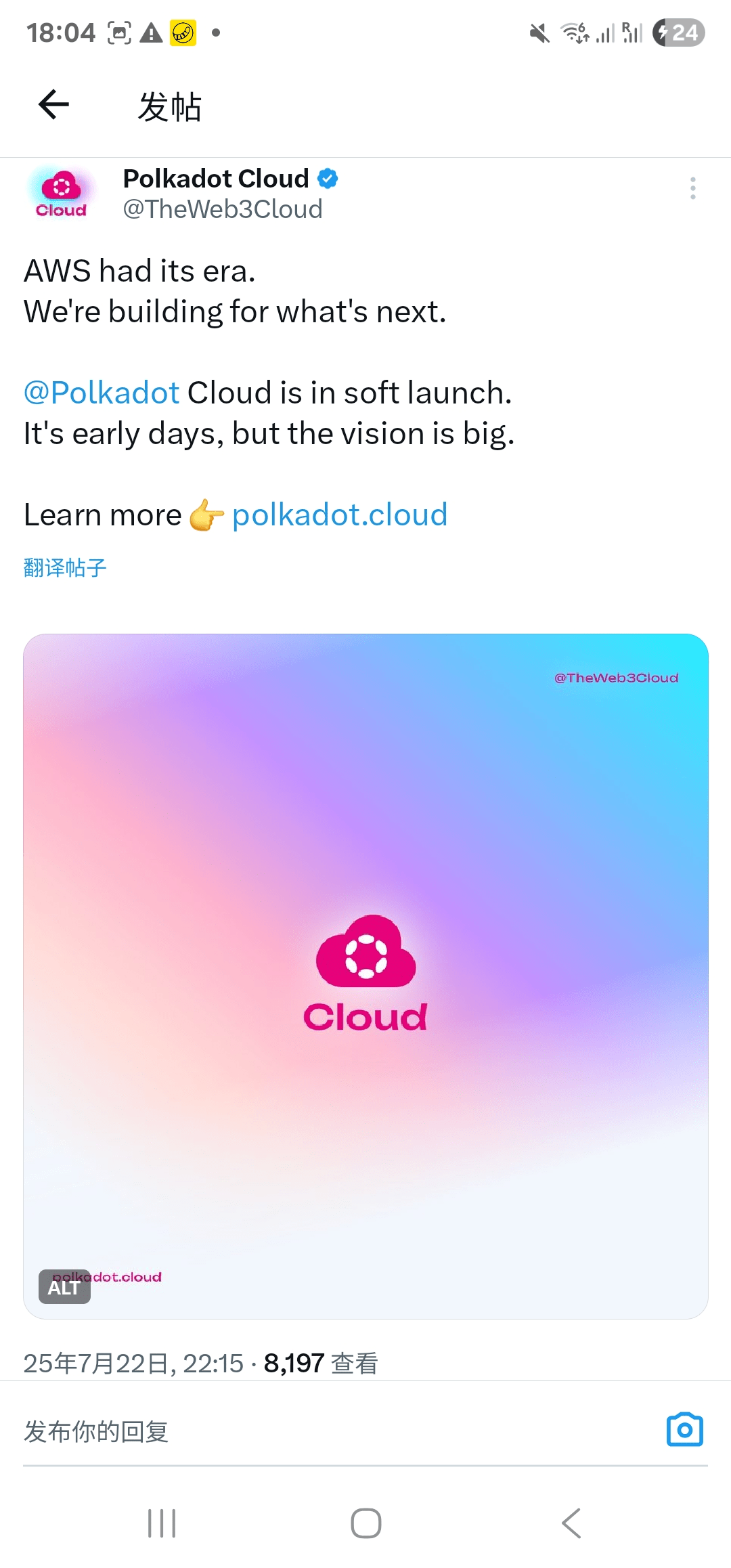
✅ Change: Polkadot finally has an entry point for B-side users, aligning with SaaS. "Polkadot as a Service" will be a significant advancement!
🔴 Products aimed at individual users and enterprises
1. Polkadot Pay (launched in 2025)
Launched in the US market, allowing payments at over a million merchants, and users can receive up to 20% DOT cashback on spending. This is a milestone product for Polkadot's transition from infrastructure to real payment scenarios.
✅ Change: Polkadot has finally launched a dapp aimed at C-side users!
2. Asset Hub (formerly Statemint, Asset Center)
Providing issuance and management of assets such as DOT, stablecoins, and NFTs.
Support for cross-chain deployment of mainstream stablecoins like USDT and USDC has been established.
Used to manage alliances and organizations of the Polkadot protocol, supporting decentralized collaboration and funding pools.
🔴 Developer Tools and Ecological Support
Including RPC providers, indexing tools, storage solutions, Web3 development kits, etc. — partners like Ankr, Aleph Cloud, OnFinality, Chainsafe have formed the foundational support for Polkadot's developer ecosystem.
🔴 Ecological application direction and typical projects
Diverse parachain projects are active, including Moonbeam, Acala, Parallel Finance, KILT, Centrifuge, HydraDX, etc., covering DeFi, privacy, data assets, AI, identity, and other fields.
✅ In terms of ecological applications, there hasn't been a globally popular product in the Polkadot ecosystem this year.
🔴 The next steps on Polkadot's roadmap
1. Smart contract functionality: The Solidity smart contract feature is expected to go live in Q3 2025.
Polkadot's native smart contract language is ink, and after Q3, Polkadot will also be compatible with Solidity for writing smart contracts, which is a wise move.
How many developers have been blocked by Ton chain's native smart contract language Tolk? Last year, Cardano hosted a free training course for builders in Asia in Singapore, offering rewards, but very few builders signed up, leading to its cancellation, primarily because Cardano's native smart contract language Plutos blocked most developers. The time cost and learning curve of mastering a new smart contract language are too high. To quickly develop public chain ecological projects, it is essential to be compatible with programming languages that Web3 programmers can use!

2. Jam has appeared in the latest roadmap planning on the Polkadot official website.
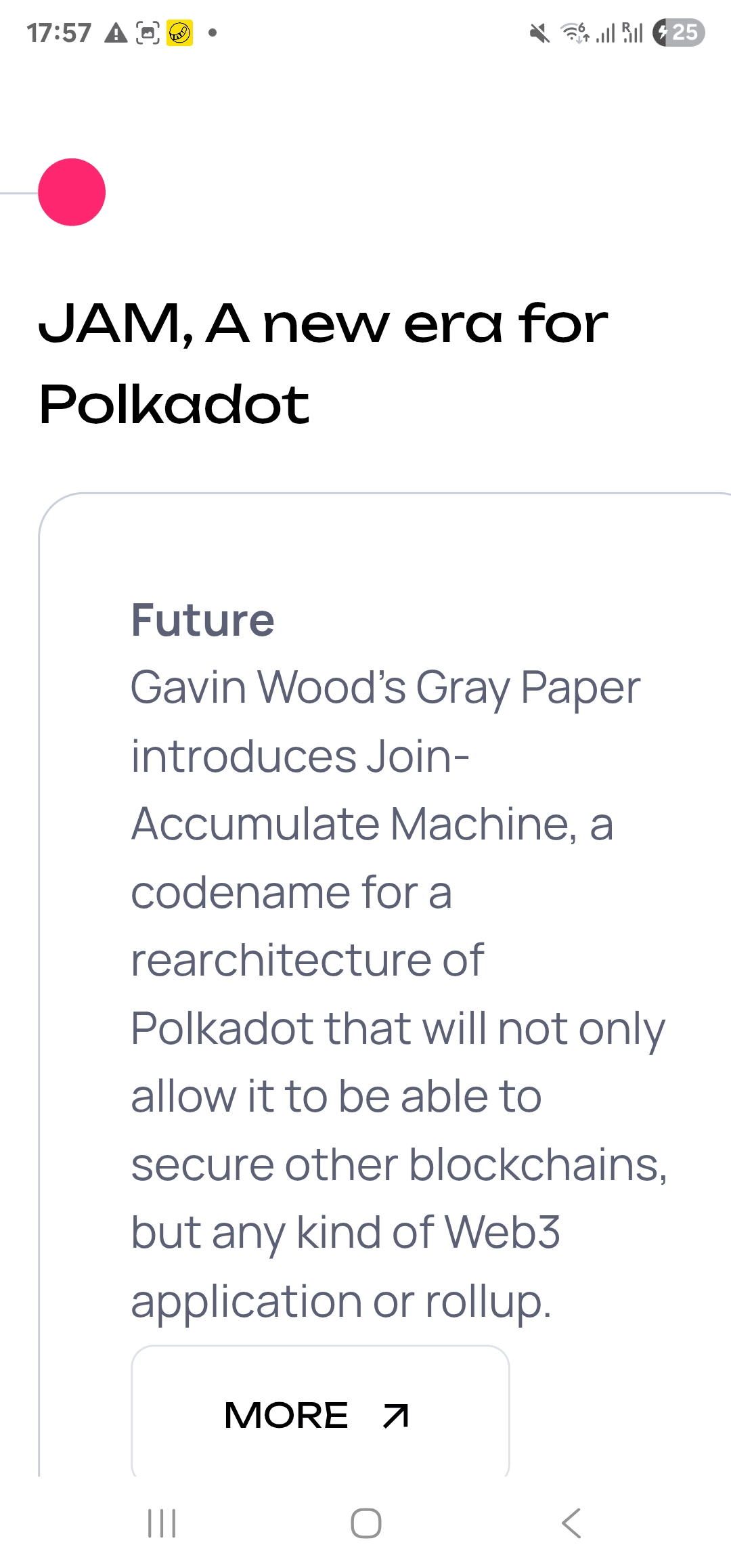
Gavin Wood came to Asia in the first half of this year and held a Jam Asia Tour, conducting offline presentations in four cities in mainland China to introduce Polkadot's JAM to university student developers and traditional Chinese enterprises.
✅ Although mainland China has strict regulations on Web3 project token issuance, there are indeed too many Web3 developers and entrepreneurial projects. This JAM Asia Tour 2025 is very sincere!
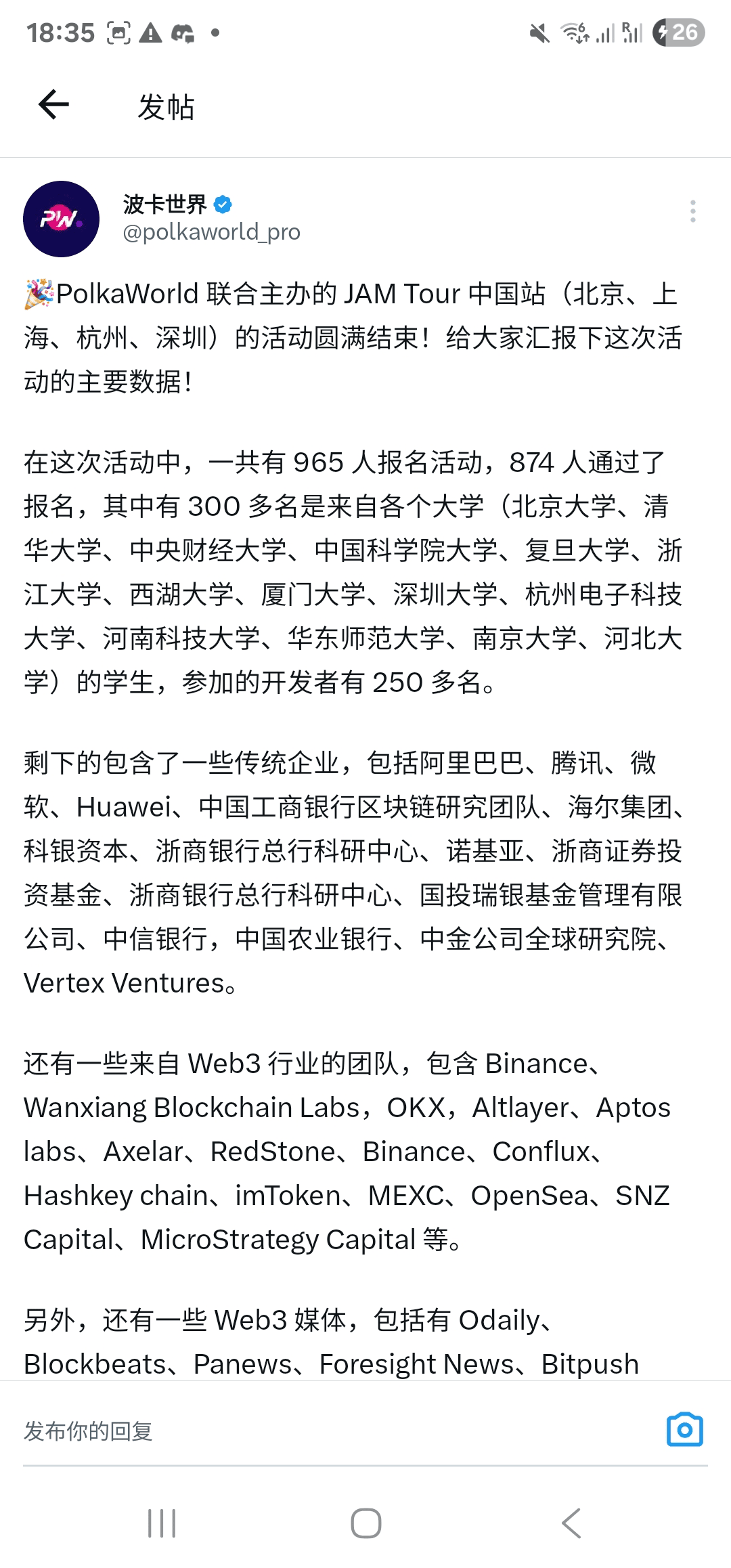
🔴 Conclusion:
From the above information and data, we can draw the conclusion:
1. It is clear: Polkadot has not been idle.
2. Not only has it not been idle, but it has also made many significant adjustments to the infrastructure in the past two years.
3. In the past, the focus was only on the B-side, providing public chain deployment technology for developers. Now, Polkadot is also expanding its business towards the C-side, launching dapps like Polkadot Pay and credit cards for Web3 individual users.
4. Polkadot needs to promote the new foundational technology architecture in ecological construction and find more public chain projects and dapps to deploy products on Polkadot. Competing directly with many other public chains is the most challenging part.
Therefore, future market promotion, business development, and operations need to increase investment and expand the scope, allowing more project parties and dapps interested in developing their own public chains to understand Polkadot's technological advantages.
🔴 With Gavin Wood announcing his return to Parity Technologies as CEO on August 14, we look forward to seeing more resources beneficial to Web3 developers in the Asia-Pacific and Chinese-speaking communities.
I will continue to follow up.
\u003cm-50/\u003e
\u003cm-56/\u003e
\u003ct-65/\u003e
\u003ct-137/\u003e
